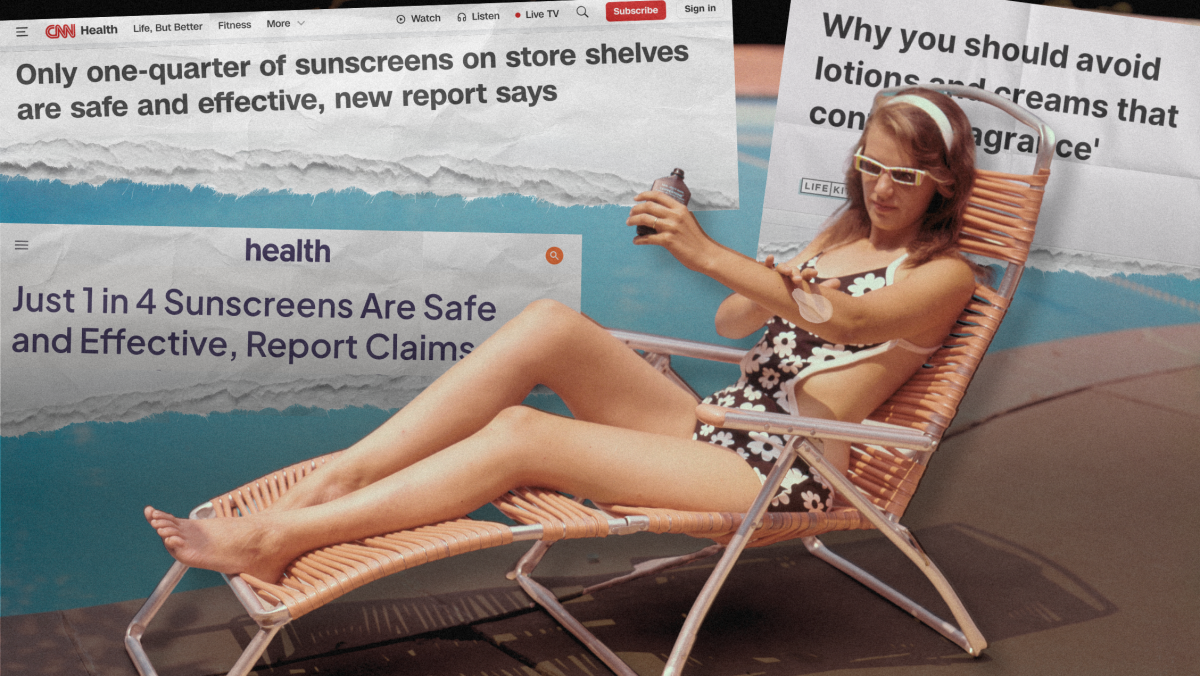Is This Beauty Safety Source Really Trustworthy?

The Rise of Misinformation in the Beauty Industry
The internet and social media have become breeding grounds for skin-care misinformation, often spread by individuals without proper expertise. However, recent developments suggest that this misinformation is now coming from unexpected sources—reputable journalistic outlets. CNN recently warned readers that only 25% of sunscreens are safe and effective, while NPR advised avoiding lotions and creams with fragrance. Both stories relied heavily on data from the Environmental Working Group (EWG), an organization that claims to be a neutral advocate for consumer safety.
Who Is the Environmental Working Group?
The EWG describes itself as a nonprofit, non-partisan organization dedicated to empowering people to live healthier lives in a healthier environment. Its areas of interest include personal care products, food, water, farming, energy, and family health. While its mission sounds noble, the scientific community has raised concerns about the accuracy and reliability of its data.
Why Scientists Criticize the EWG
Many scientists argue that the EWG's approach is pseudoscientific, promoting misleading interpretations of scientific evidence. Dr. Michelle Wong, a chemistry PhD and science communicator, notes that the organization often cherry-picks data and fails to consider the full context of scientific studies. For example, the EWG once claimed that methyl paraben was an endocrine disruptor, but subsequent analysis revealed that the supporting studies did not confirm this claim.
Critics also point out that the EWG tends to oversimplify complex issues, labeling ingredients as "good" or "bad" without considering their concentration, usage, or formulation. This lack of nuance can lead to unnecessary alarm among consumers.
The Problem of Cherry-Picking Data
One major criticism of the EWG is its tendency to cherry-pick data, omitting important context and nuance. This practice can create a distorted view of product safety, leading to fear and mistrust. For instance, the EWG's sunscreen guide claimed that over 77% of sunscreens reviewed were ineffective or contained concerning ingredients. However, many dermatologists and scientists pointed out that these findings had not been peer-reviewed and were based on incomplete data.
The Impact of Misinformation
Misinformation from the EWG has real-world consequences. It has contributed to the demonization of certain ingredients, such as parabens, which were widely used in cosmetics but later labeled unsafe due to a flawed 2004 study. Despite subsequent research proving their safety, parabens remain stigmatized, leading to their replacement with less-tested alternatives.
Financial Bias and Conflicts of Interest
Despite its claims of neutrality, the EWG has faced scrutiny over potential financial conflicts of interest. The "EWG Verified" seal, which brands can purchase, raises questions about the organization’s impartiality. Additionally, the EWG earns money through affiliate fees for products sold via its website, even those it rates poorly. This financial model has led experts to question the credibility of its ratings.
What Should Consumers Trust?
Experts emphasize the importance of seeking out reliable sources of information. They recommend consulting regulatory agencies like the FDA, CDC, and EPA, as well as qualified science educators. Resources such as Inci Decoder, a tool for decoding ingredient lists, and platforms run by experts like Dr. Michelle Wong and Jen Novakovich can help consumers make informed decisions.
The Need for Better Science Communication
Effective communication is essential in helping the public navigate complex scientific topics. Experts suggest that regulatory bodies should invest in clear, transparent conversations with the public. Developing critical thinking skills, such as using the SIFT method and learning about logical fallacies, can also empower consumers to discern credible information from misinformation.
In conclusion, while the EWG may have good intentions, its approach to simplifying complex issues has created an atmosphere of fear and mistrust. Consumers and journalists alike must be vigilant in seeking out multiple sources and considering the broader scientific consensus when evaluating product safety.
Post a Comment for "Is This Beauty Safety Source Really Trustworthy?"
Post a Comment